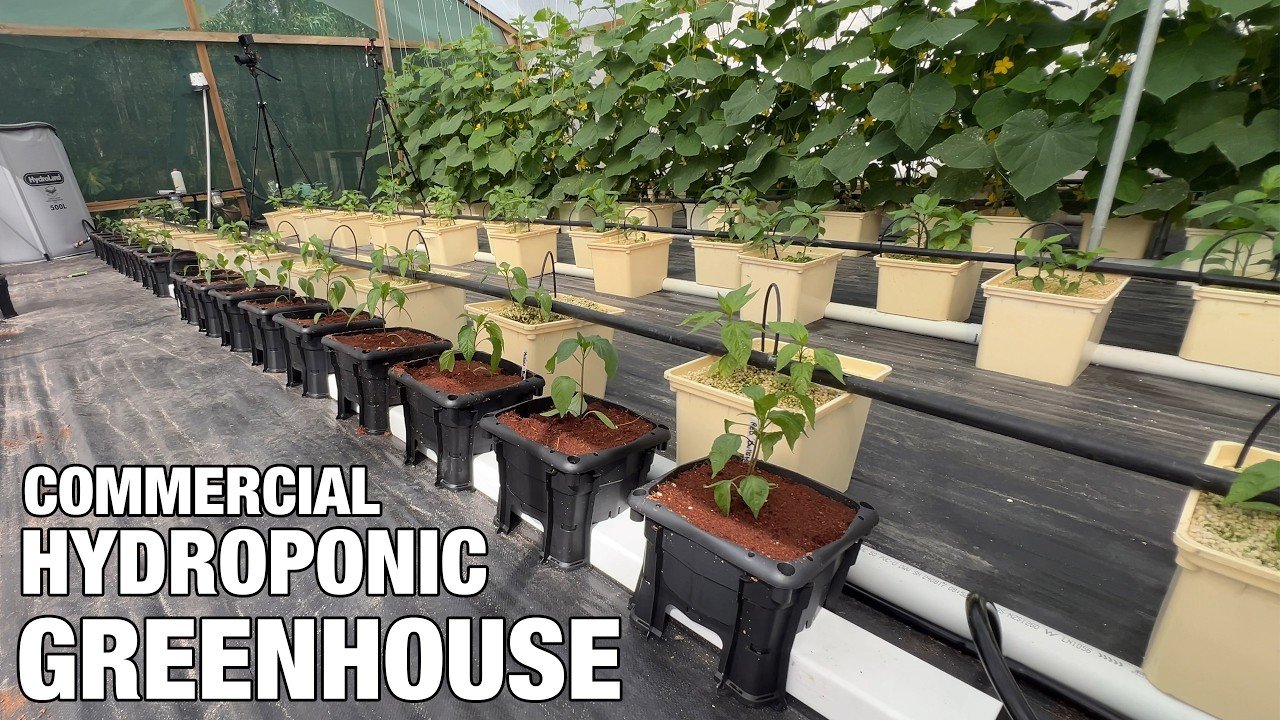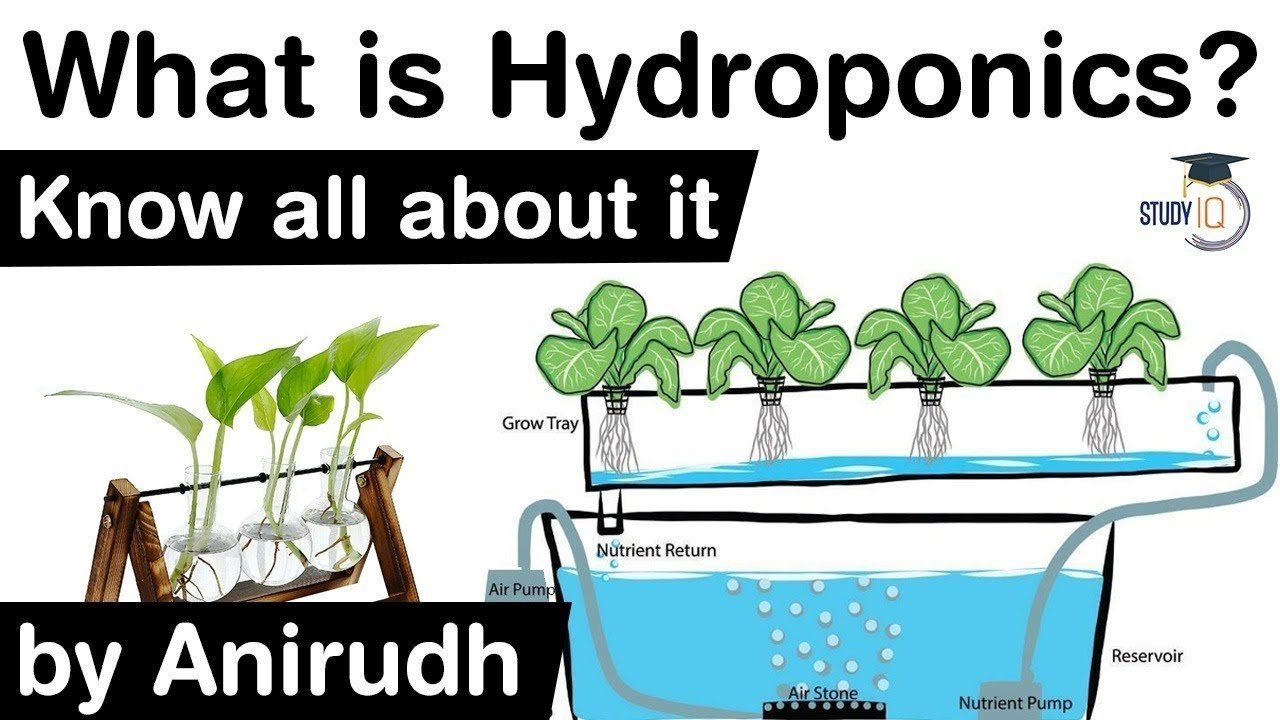My Foray into Hydroponics (and a Little Aquaponics)
Sipping lukewarm coffee from my chipped mug, I can’t help but chuckle when I think back to that summer when I decided to try my hand at hydroponics. You have to understand, I live in a small town in the Midwest where the biggest horticultural achievement is usually keeping a tomato plant alive. So naturally, attempting an aquaponics system in my backyard felt like I was trying to build a spaceship.
The Idea Sparks
It all started on a Tuesday night while I was scrolling through gardening forums—a rabbit hole I often fell into. Tired of the same old tomato and cucumber routine, the idea of a small-scale aquaponics system struck me. I imagined lush plants growing vibrantly, fish gliding around in crystal-clear water, all working together in some sort of symbiotic harmony. Sounded perfect, right? But oh boy, was I in for a ride.
The Initial Setup
I spent a Saturday rummaging through my shed. A piece of scrap wood here, an old aquarium lying unused there. I managed to pull together a hodgepodge of materials, including an old 55-gallon tank, a “dead weight” pond pump that was both ancient and resilient, and some PVC pipes I had leftover from my son’s fort-building phase. Who knew they’d find a second life?
I decided on tilapia for the fish because they’re hearty and grow relatively quick in warmer water. I even named them: Phil, Tina, and Aquaman. Talk about setting myself up for disappointment.
The Water Woes
The first couple of weeks were euphoric. The pump was surprisingly working well, sending water through the tubes, and my plants—basil, lettuce, and some peppers—seemed happy as clams. But then came the dreaded moment when I decided to check on the water quality. I had been warned about algae blooms, but I thought I had it covered.
Let’s just say, “covered” was not the word I’d use once I realized the water had started to turn a faint shade of green, more like a swamp than an idyllic fish haven. I nearly fainted—from horror and the unmistakable, slightly fishy smell wafting from the tank.
“What have I done?” I muttered, looking at the fish swimming sluggishly in the murky depths.
Learning as I Go
Now, you might wonder how it feels watching living creatures gasping for clean water when that’s entirely your fault. Guilt doesn’t quite cut it, not to mention the frustration. I Googled like a madman, eventually learning about beneficial bacteria and how to manage the nitrogen cycle. Who knew fish pee could be so educational?
I started doing daily water changes, siphoning out some of the water, filtering it through a DIY contraption made from an old sock (yes, I was desperate). The green water cleared up after about a week, but by then, I was almost ready to give up. Phil had taken a turn for the worse, and understanding the word “drain” didn’t come close to how I felt about my unfortunate aquatic companion.
Getting the Pump Back Up
And then there was the pump. Oh, the pump. Just when I thought I had everything running smoothly, it started to gurgle ominously. There’s something unsettling about a device that sounds like it’s about to explode. I shut it off as a safety precaution, only to realize I didn’t have the first clue how to fix it. Allen wrenches? Check. Duct tape? You bet. A manual? Not a chance.
Turns out, a piece of fish food had lodged itself in the filter. After duking it out, I managed to extract the offending particle and, for some reason, it was oddly validating—like I’d just solved a complex puzzle. The pump roared back to life, but not without leaving me slightly perturbed. “Is this how all hydroponic folks feel?” I wondered.
Surprising Successes
Amidst the chaos, there were also small victories that kept me going. That basil? Let me tell you; it was more tender and aromatic than anything I could’ve picked up at the store. I picked leaf after leaf, added it to homemade pesto (using my own garlic and olive oil, of course), and felt like a culinary superhero.
And then the day I actually harvested my first hydroponic lettuce was surreal. I cradled the leafy greens like a proud parent, holding them up for my skeptical family. They laughed when I attempted to whip together a salad—cautiously, as if the greens might crumble beneath the weight of all my mishaps.
A Community of Misfits
Through it all, I began connecting with other local gardeners online, sharing wins, losses, and more than a few tales of fish mortality, which became our unspoken bond. Somehow, knowing I wasn’t alone in my frequent failures was comforting. I learned I wasn’t just growing plants; I was cultivating a community. And that transformed my experience from frustration to something more magical.
The Takeaway
Reflecting on that chaotic summer after sitting here and nursing my coffee, I realize how much I’ve learned—not just about hydroponics but about being patient with myself and growing through imperfections. I still crave to build more weird contraptions in my backyard. If you’re thinking about diving into this yourself, remember: don’t worry about it being perfect. Just start. Fish will die, the pump will fail, and yes, you’ll have your fair share of green water days. But through the mess, you’ll figure it out as you go, and who knows? You might just grow a basil plant that makes you feel like a pro chef.
If you’re interested in taking this journey—and skipping some of those classic mistakes—join the next session on hydroponics over at Here. You won’t regret it!







Leave a Reply